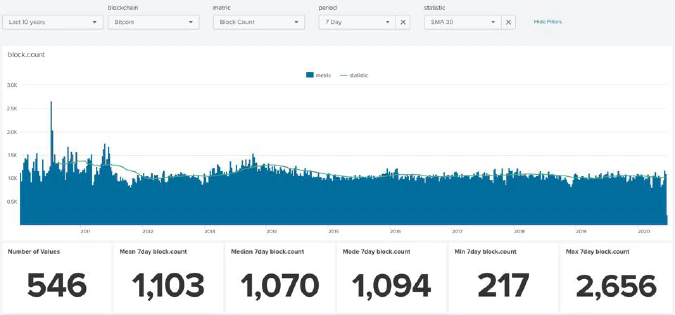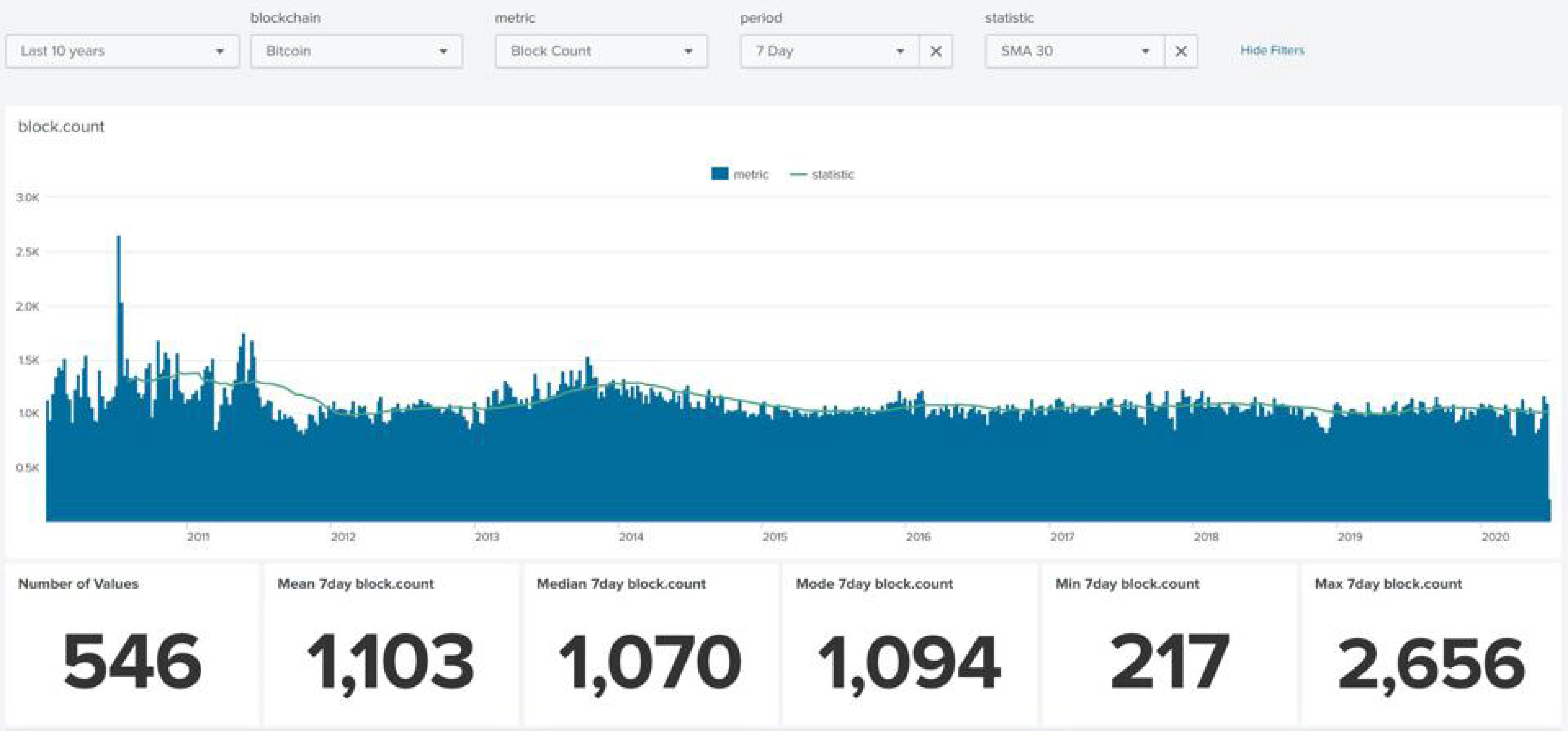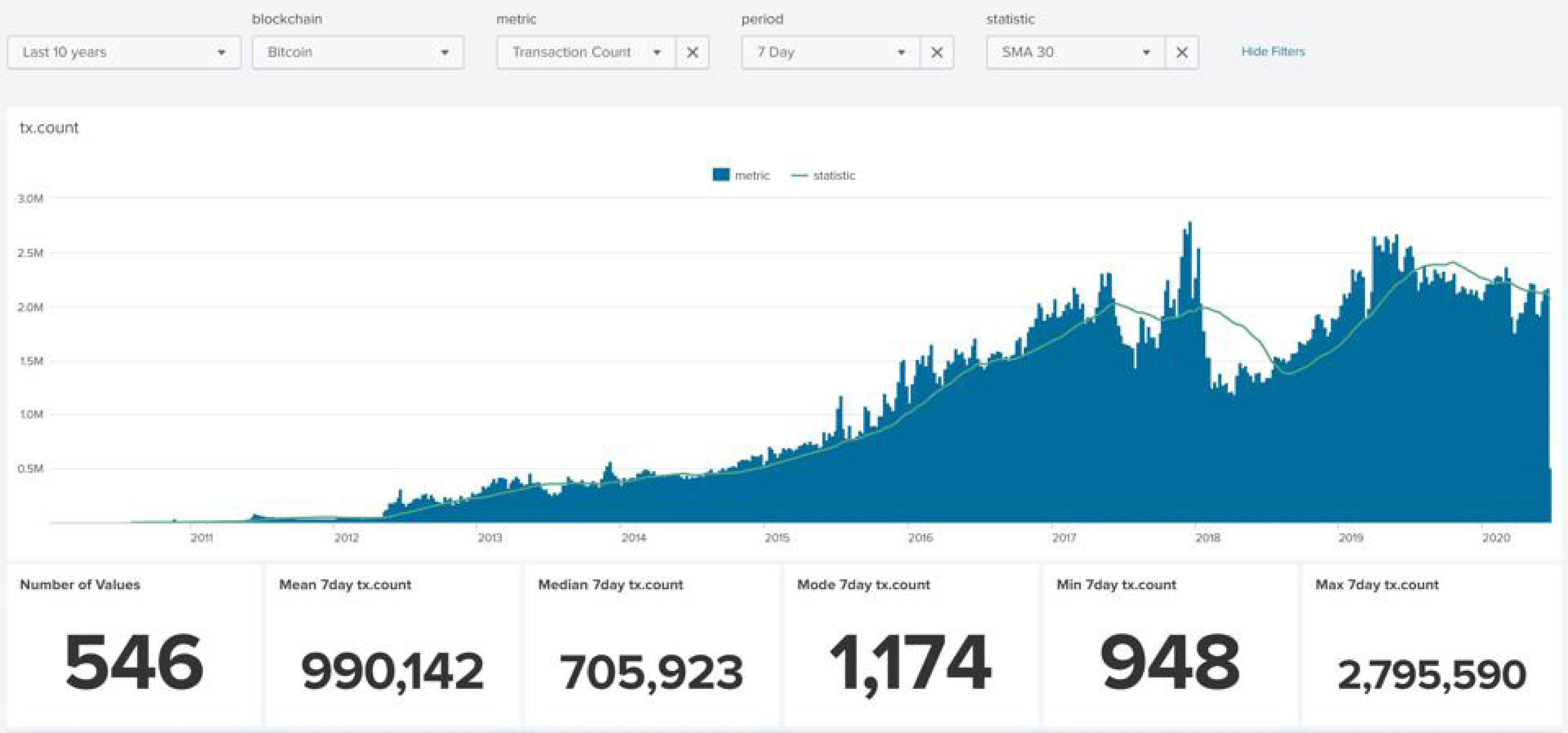Despite the constant headlines which label Bitcoin as excessively volatile and unpredictable, it largely remains unweathered by the greater political, economic, and technological fluctuations of our times.
The cryptocurrency space as a whole is still viewed as the “wild west” of finance from the outside (quite legitimately I might add). There is often little distinction between cryptocurrencies and recognition of their differential properties. As Andreas Antonopolous stated at Eth Denver last year: “We are all weirdos in the same camp. They cannot tell the difference.”
Within the cryptocurrency space, however, Bitcoin is largely regarded as conservative, secure, stable, and predictable. In fact, some consider the network too conservative and in-flexible - hence the large number of projects and their vast diversity.
In contrast to Ethereum, for example, Bitcoin’s focus is not on supporting complex functionality or having a capacity for rapid development. Changes to the code rarely occur and are backwards compatible. Second layer development is encouraged rather than base layer modifications. Predictability of Bitcoin’s future economic policy is crucial.
Here is a 7 day block count for Bitcoin over the last 10 years:


And here is a 1 day block count for Bitcoin since Jan 2018:


This simple metric, the count of blocks mined per day/week, shows the consistent chugging along of the Bitcoin network to facilitate and verify transactions.
A single decade is not very long in the context of the history of money, but it is a long period of time in terms of technological evolution. During this time, Bitcoin has demonstrated without fail its ability to maintain a global ledger of verified transactions.
In fact, the Bitcoin network has actually scaled quite well (where it matters most) to handle an increasing network utilization, despite temporary periods of increased fees & confirmation times. Take a look at the number of weekly transactions on the blockchain:


Furthermore, the USD-denominated value of these transactions has increased dramatically, to regularly support transfers of over $100 million in single transactions (see whale alerts)
Incentives to break the system and to steal funds has only gown throughout its existence, yet Bitcoin’s security model has proven robust.
While the exchange rate of Bitcoin to fiat currencies such as the US Dollar has fluctuated significantly, I would argue that this is actually expected of a completely new asset class. It takes some time for the market to become aware of and understand new technologies, let alone assign them value and actually utilize them. This volatility in price does not represent a volatility in fundamentals.
Whether you subscribe to the valuation of Bitcoin for its monetary properties regarding the store-of-value, transfer-of-value, measurement-of-value, or none of these at all: you might agree that we are still in the price discovery phase of the asset.
Slowly, as Bitcoin is used and developed more and more, I predict that the increasing purchasing power of BTC will become more stable to better reflect the network’s fundamentals.